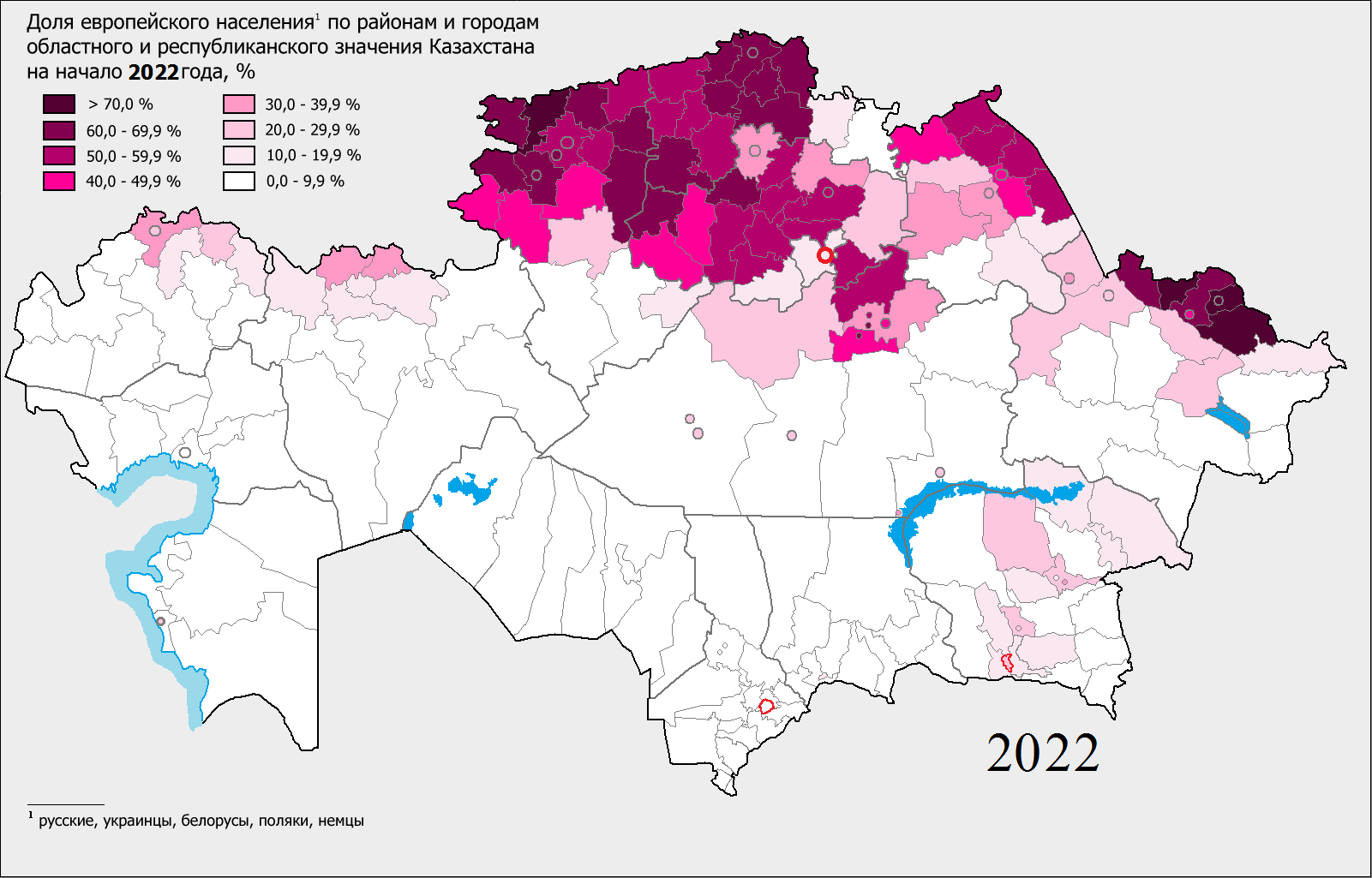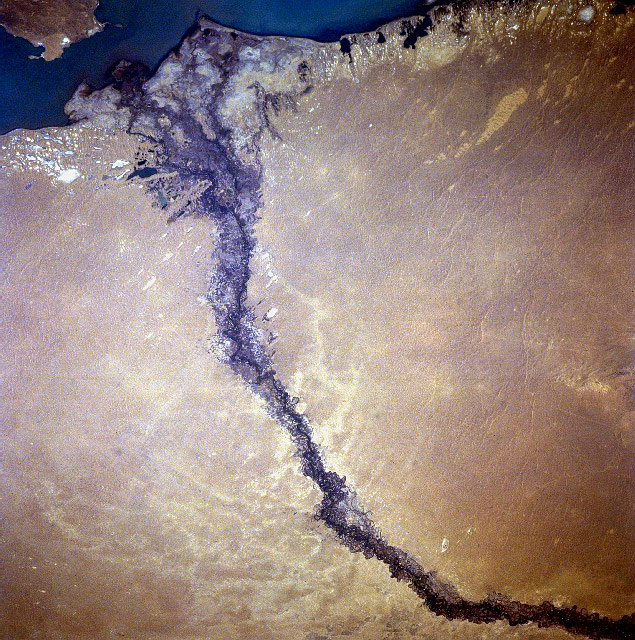|
Akchi
Akchi, also spelled Akchiy, is a populated place in Kazakhstan. It has a small population and is in Pavlodar Region. Relatively nearby towns include Akhmat, Kyzyltash, Uzunbulak and Uzynbulaq. Astana, Karaganda, Pavlodar, Semey and Omsk are the closest big cities. Akchi is located north of Lake Balkhash. Akchi was the site of mercury and arsenic testing, along with Aralsk Aral, also known as Aralsk or Aral'sk, ( Kazakh: Арал, ''Aral'', ارال; Russian: Аральск, ''Araljsk'') is a small city in south-western Kazakhstan, located in the ''oblast'' (region) of Kyzylorda. It serves as the administrati .... References Populated places in Pavlodar Region {{PavlodarRegion-geo-stub ... [...More Info...] [...Related Items...] OR: [Wikipedia] [Google] [Baidu] |
Pavlodar Region
Pavlodar Region (; ) is a region of Kazakhstan. The population of the region was and The latest official estimate (as at the start of 2022) was 756,511. Its capital is the city of Pavlodar, which had a population of 360,014 at the start of 2018. Many people, especially Ukrainians, migrated to Pavlodar in Nikita Khrushchev's Virgin Lands Campaign. The Bayanaul National Park, a protected area of the Kazakh Uplands, is located in the Bayanaul Range, within 100 km of Ekibastuz. Geography Pavlodar borders Russia ( Altai Krai, Omsk Oblast and Novosibirsk Oblast) to the north, and also borders the following Kazakh regions: Akmola (to the west), East Kazakhstan (to the south-east), North Kazakhstan (to the north-west), and Karaganda (to the south). The southern part of the district is in the Kazakh Uplands, while the northern part falls within the Baraba Plain and Kulunda Plain. The highest point of the region is Akbet, a high summit located in the Bayanaul Range. ... [...More Info...] [...Related Items...] OR: [Wikipedia] [Google] [Baidu] |
Kyzyltash, North Kazakhstan Region
Kyzyltash (, ''Qyzyltaş''), previously Krasnokamenka (), in both languages meaning ''red stone'', is a place in North Kazakhstan Region North Kazakhstan Region (; ) is a region of Kazakhstan, with a population of 522,171. Its capital is Petropavl, with a population of 221,907 people. It is the only region of Kazakhstan in which ethnic Kazakhs don't make up a majority. History ..., Kazakhstan. References Populated places in North Kazakhstan Region {{NorthKazakhstanRegion-geo-stub ... [...More Info...] [...Related Items...] OR: [Wikipedia] [Google] [Baidu] |
Uzynbulaq
Uzynbulaq is a village in Almaty Region, in south-eastern Kazakhstan.National Geospatial-Intelligence Agency. GeoNames GeoNames (or GeoNames.org) is a user-editable geographical database available and accessible through various web services, under a Creative Commons attribution license. The project was founded in late 2005. The GeoNames dataset differs from, b ... database entry.search Accessed 13 May 2011. References Populated places in Almaty Region {{Almaty-geo-stub ... [...More Info...] [...Related Items...] OR: [Wikipedia] [Google] [Baidu] |
Astana
Astana is the capital city of Kazakhstan. With a population of 1,423,726 within the city limits, it is the second-largest in the country after Almaty, which had been the capital until 1997. The city lies on the banks of the Ishim (river), Ishim River in the north-central part of Kazakhstan, within the Akmola Region, though administered as a city with special status separately from the rest of the region. Initially founded as Akmoly in 1830, the city was later renamed Akmolinsk, Tselinograd, and Akmola before adopting the name ''Astana'' in 1998, which means "capital city" in Kazakh. In 2019, the city briefly adopted the name Nur-Sultan in honor of former president Nursultan Nazarbayev, but it returned to the name ''Astana'' in 2022. Astana’s history is marked by rapid growth, especially after becoming the capital. Its transformation into a modern and planned city was guided by a master plan designed by Japanese architect Kisho Kurokawa. Today, Astana is known for its futuristi ... [...More Info...] [...Related Items...] OR: [Wikipedia] [Google] [Baidu] |
Karaganda
Karaganda (, ; ), also known as Karagandy (, ; ; ) (also sometimes romanized as Qaraghandy), is a major city in central Kazakhstan and the capital of the Karaganda Region. It is the fifth most populous city in the country, with a population of 497,777 as of the 2020 Census, marking an increase from 459,778 in 2009 and 436,864 in 1999. Karaganda is located approximately 230 kilometers (140 miles) southeast of Kazakhstan's capital city, Astana. Historically, Karaganda has been a central hub for coal mining, which has shaped its economy and development. The city saw significant growth during the Soviet Union, driven by the expansion of its coal industry. Coal remains a key sector in the city's economy, with mining continuing to be a significant contributor to its industrial base. In addition to its industrial roots, Karaganda is home to a growing population and a rich cultural heritage. The city hosts several educational institutions, such as Karaganda State University, which s ... [...More Info...] [...Related Items...] OR: [Wikipedia] [Google] [Baidu] |
Pavlodar
Pavlodar (; ; ) is a city in northeastern Kazakhstan and the capital of Pavlodar Region. It is located northeast of the national capital Astana and southeast of the Russian city of Omsk along the Irtysh River. In 2010, the city had a population of 331,710. The population of Pavlodar is composed predominantly of ethnic Kazakhs and Russians, with significant Ukrainian, German, Tatar and North Caucasian minorities. The city is served by Pavlodar Airport. History One of the oldest cities in northern Kazakhstan, Pavlodar was founded in the 9th century as the settlements of Khakan-Kimak and Imakia, the capitals of the Kimek–Kipchak confederation. Koryakovsky fort was founded in 1720 as an Imperial Russian outpost. The settlement was created to establish control over the region's salt lakes, an important source of valuable salt. In 1861 the settlement was renamed Pavlodar and incorporated as a town. Pavlodar's significance was due in large measure to the substantial agricul ... [...More Info...] [...Related Items...] OR: [Wikipedia] [Google] [Baidu] |
Semey
Semey (; , formerly known as Semipalatinsk ( ) until 2007 and as Alash-Qala ( ) from 1917 to 1920, is a city in eastern Kazakhstan, in the Kazakh part of Siberia. When Abai Region was created in 2022, Semey became its administrative centre. It lies along the Irtysh River near the border with Russia, north of Almaty and southeast of the Russian city of Omsk. Its population is 312,764 (stat.gov.kz). History The first Russian settlement in the area dates from 1718, when Tsardom of Russia, Russia built a fort beside the river Irtysh River, Irtysh, near the ruins of an ancient Buddhist monastery, where seven buildings could be seen. The fort (and later the city) was named ''Semipalatinsk'' (Russian language, Russian for "Seven-Chambered City") after the monastery. The fort suffered frequent flooding caused by snowmelt swelling the Irtysh. In 1778 the fort was relocated upstream to less flood-prone ground. A small city developed around the fort, and largely served the river tra ... [...More Info...] [...Related Items...] OR: [Wikipedia] [Google] [Baidu] |
Omsk
Omsk (; , ) is the administrative center and largest types of inhabited localities in Russia, city of Omsk Oblast, Russia. It is situated in southwestern Siberia and has a population of over one million. Omsk is the third List of cities and towns in Russia by population, largest city in Siberia after Novosibirsk and Krasnoyarsk, and the twelfth-largest city in Russia. It is an important transport node, serving as a train station for the Trans-Siberian Railway and as a staging post for the Irtysh, Irtysh River. During the Russian Empire, Imperial era, Omsk was the seat of the Governor General of Western Siberia and, later, of the Governor-Generalship of the Steppes, Governor General of the Steppes. For a brief period during the Russian Civil War in 1918–1920, it served as the capital of the anti-Bolshevik Russian State (1918–1920), Russian State and held the imperial gold reserves. Omsk serves as the episcopal see of the bishop of Omsk and Tara, Omsk Oblast, Tara, as well ... [...More Info...] [...Related Items...] OR: [Wikipedia] [Google] [Baidu] |
Lake Balkhash
Lake Balkhash, also spelt Lake Balqash (, , ), is a lake in southeastern Kazakhstan, one of the largest lakes in Asia and the 15th largest in the world. It is located in the eastern part of Central Asia and sits in the Balkhash-Alakol Basin, an endorheic (closed) basin. The basin drains seven rivers, the primary of which is the Ili, bringing most of the riparian inflow; others, such as the Karatal, bring surface and subsurface flow. The Ili is fed by precipitation, largely vernal snowmelt, from the mountains of China's Xinjiang region. The lake currently covers about . However, like the Aral Sea, it is shrinking due to diversion and extraction of water from its feeders. The lake has a narrow, quite central, strait. The lake's western part is fresh water and its eastern half is saline. The eastern part is on average 1.7 times deeper than the west. The largest shore city is named Balkhash and has about 66,000 inhabitants. Main local economic activities include mining, ore p ... [...More Info...] [...Related Items...] OR: [Wikipedia] [Google] [Baidu] |
Mercury (element)
Mercury is a chemical element; it has Symbol (chemistry), symbol Hg and atomic number 80. It is commonly known as quicksilver. A Heavy metal element, heavy, silvery d-block element, mercury is the only metallic element that is known to be liquid at standard temperature and pressure; the only other element that is liquid under these conditions is the halogen bromine, though metals such as caesium, gallium, and rubidium melt just above room temperature. Mercury occurs in deposits throughout the world mostly as cinnabar (mercuric sulfide). The red pigment vermilion is obtained by Mill (grinding), grinding natural cinnabar or synthetic mercuric sulfide. Exposure to mercury and mercury-containing organic compounds is toxic to the nervous system, immune system and kidneys of humans and other animals; mercury poisoning can result from exposure to water-soluble forms of mercury (such as mercuric chloride or methylmercury) either directly or through mechanisms of biomagnification. Mercu ... [...More Info...] [...Related Items...] OR: [Wikipedia] [Google] [Baidu] |
Arsenic
Arsenic is a chemical element; it has Symbol (chemistry), symbol As and atomic number 33. It is a metalloid and one of the pnictogens, and therefore shares many properties with its group 15 neighbors phosphorus and antimony. Arsenic is notoriously toxic. It occurs naturally in many minerals, usually in combination with sulfur and metals, but also as a pure elemental crystal. It has various Allotropes of arsenic, allotropes, but only the grey form, which has a metallic appearance, is important to industry. The primary use of arsenic is in alloys of lead (for example, in car batteries and ammunition). Arsenic is also a common n-type dopant in semiconductor electronic devices, and a component of the III–V compound semiconductor gallium arsenide. Arsenic and its compounds, especially the trioxide, are used in the production of pesticides, treated wood products, herbicides, and insecticides. These applications are declining with the increasing recognition of the persistent tox ... [...More Info...] [...Related Items...] OR: [Wikipedia] [Google] [Baidu] |
Aralsk
Aral, also known as Aralsk or Aral'sk, ( Kazakh: Арал, ''Aral'', ارال; Russian: Аральск, ''Araljsk'') is a small city in south-western Kazakhstan, located in the ''oblast'' (region) of Kyzylorda. It serves as the administrative center of Aral District. Aral was formerly a fishing port and harbour city on the banks of the Aral Sea, and was a major supplier of fish to the neighboring region. Population: History Early settlement In 1817, there was a village Alty-Kuduk (Six Wells) near the present city of Aralsk. This is currently a railway passing-track in the southern part of the city. Since the 1870s, this was recorded as the Aralsky settlement. The development of Aralsk began when the Orenburg-Tashkent railway was being constructed (1899-1905). In 1905, the railway station was constructed and continues to operate. The official history of Aralsk began that same year. In 1905, Russian merchants organized large fishing companies and formed a joint-stock fir ... [...More Info...] [...Related Items...] OR: [Wikipedia] [Google] [Baidu] |







